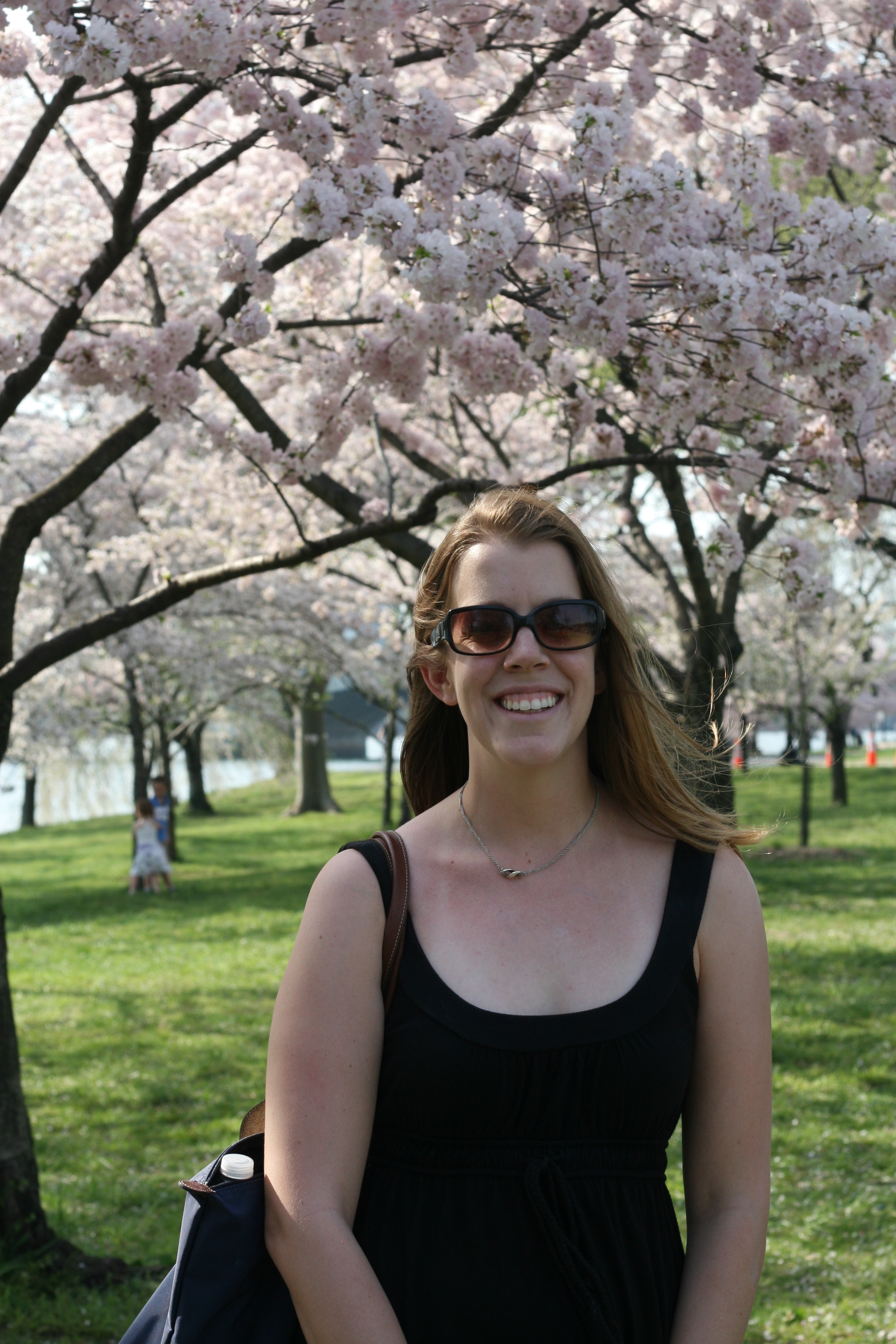This is a guest post by Kimberly Davies, Program Officer, Financial Services at the Grameen Foundation.
Many industries view similar or related organizations as competitors. I’d like to think that the international development industry is unique in viewing others as collaborators. Since everyone in this industry is working toward a common goal -- poverty alleviation -- everyone is constantly looking for ways to share findings and learn from each other. Our biggest concern is reaching a common, hugely important mission. Since this desire outreaches any other concerns, proprietary material often does not exist. Discussing failures is encouraged. This may be counterintuitive to impressing funders, but luckily nowadays usually is not the case.
My first job was with Freedom from Hunger, an organization that would commonly state that “our goal is to put ourselves out of business.” They wanted to end world hunger and make themselves obsolete. How many other industries can you say are full of people working around the clock to try to put themselves out of a job?
Grameen Foundation and Kiva have similar passions. They have partnered for many years in a number of ways to support each other as well, from leveraging funds to volunteers. Last week, we hosted our first joint learning session in San Francisco, aimed to share learnings and product information from our own organizations and that of our partners. We focused on the need for good financial products, practices to build the right products, enabling environments required for success, and shared a number of very cool product examples. In this short blog series, we’d like to share some of the key items discussed at that event, and are interested to get your feedback.
Why is product design so important?
I think many of us are in agreement that “plain vanilla” or standard products commonly don’t meet the needs of the poor. A farmer needs a financial product that fits his or her crop cycle, and therefore a distinct cash flow cycle. A poor saver needs an account opening process that breaks down financial and logistical barriers of entry.
How can organizations make better products?
Grameen Foundation has adopted a human centered product design approach to focus on client needs, and research and iterate quickly and cheaply. From the use of creative market research tools to customer segmentation to ideation to product creation and prototyping, we work quickly, regularly check our assumptions, and crowdsource product ideas to find the winners. Grameen Foundation will be releasing a number of blogs, videos, tools, and events over the next year to detail this.
How is human centered design for development unique?
Working in various cultures and rural areas provides a number of challenges. Local staff on the ground are imperative a strong connection that can put the client at ease and allow you to gain as much information as possible. The location out in the field provides R&D and prototyping challenges and new requires new solutions. Device constraints limit product ideas. These items, and more, allow us to adjust the common HCD process when working with the poor.
Stay tuned for more thoughts around the enabling environment required for innovation and successful product adoption, and examples of some fun and creative products currently on the market.

Kimberly Davies is Program Officer, Financial Services at the Grameen Foundation.















